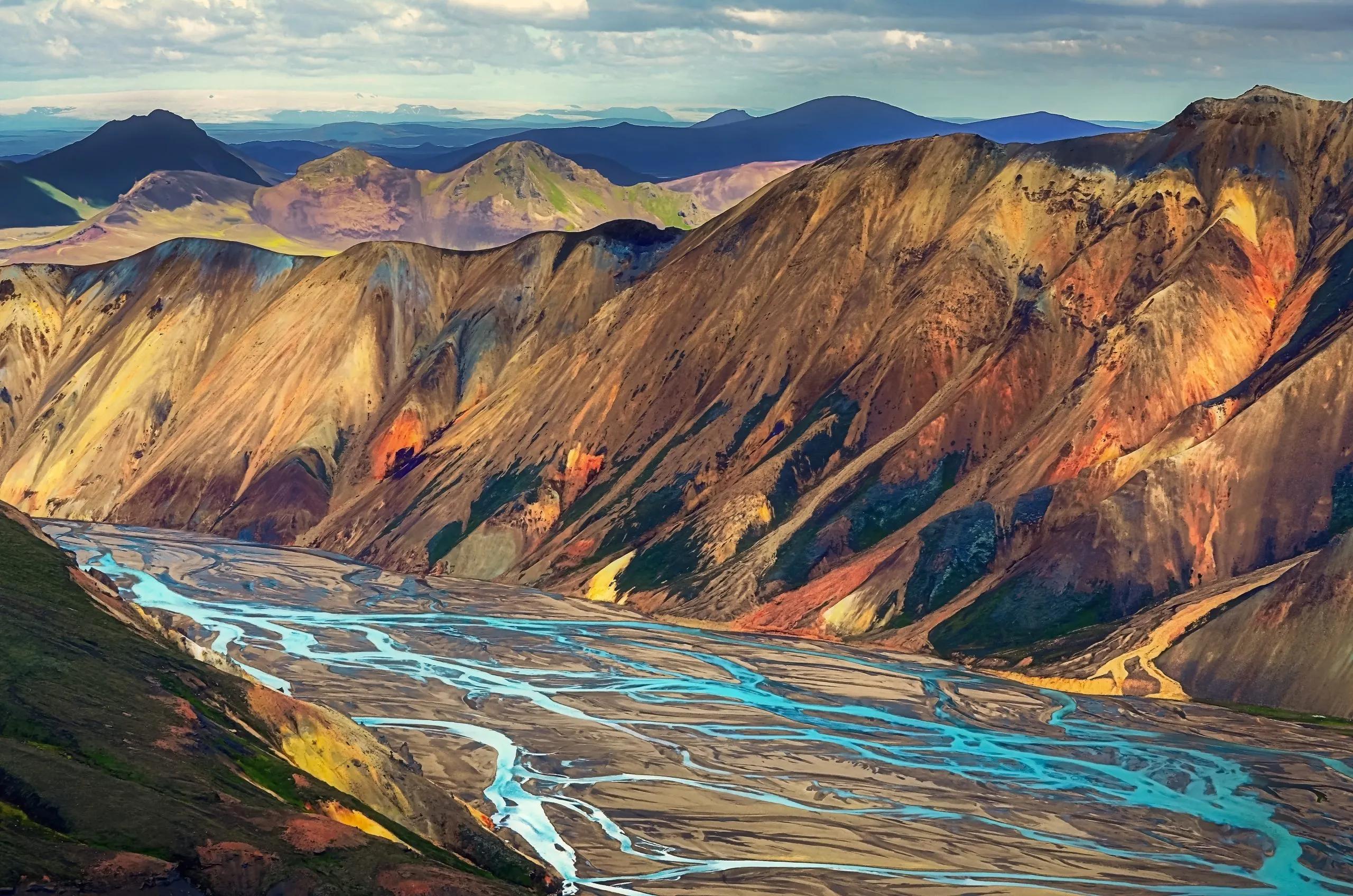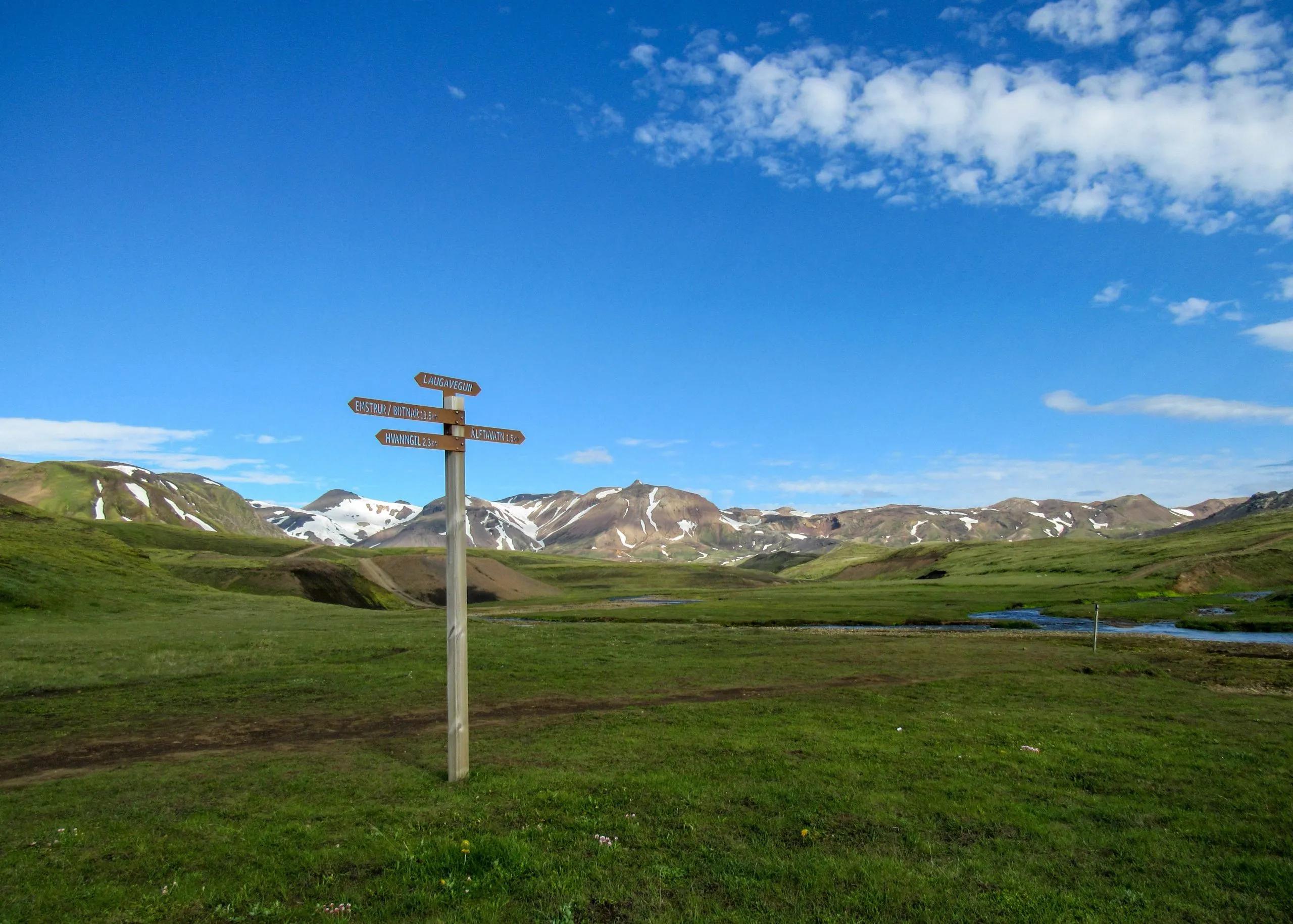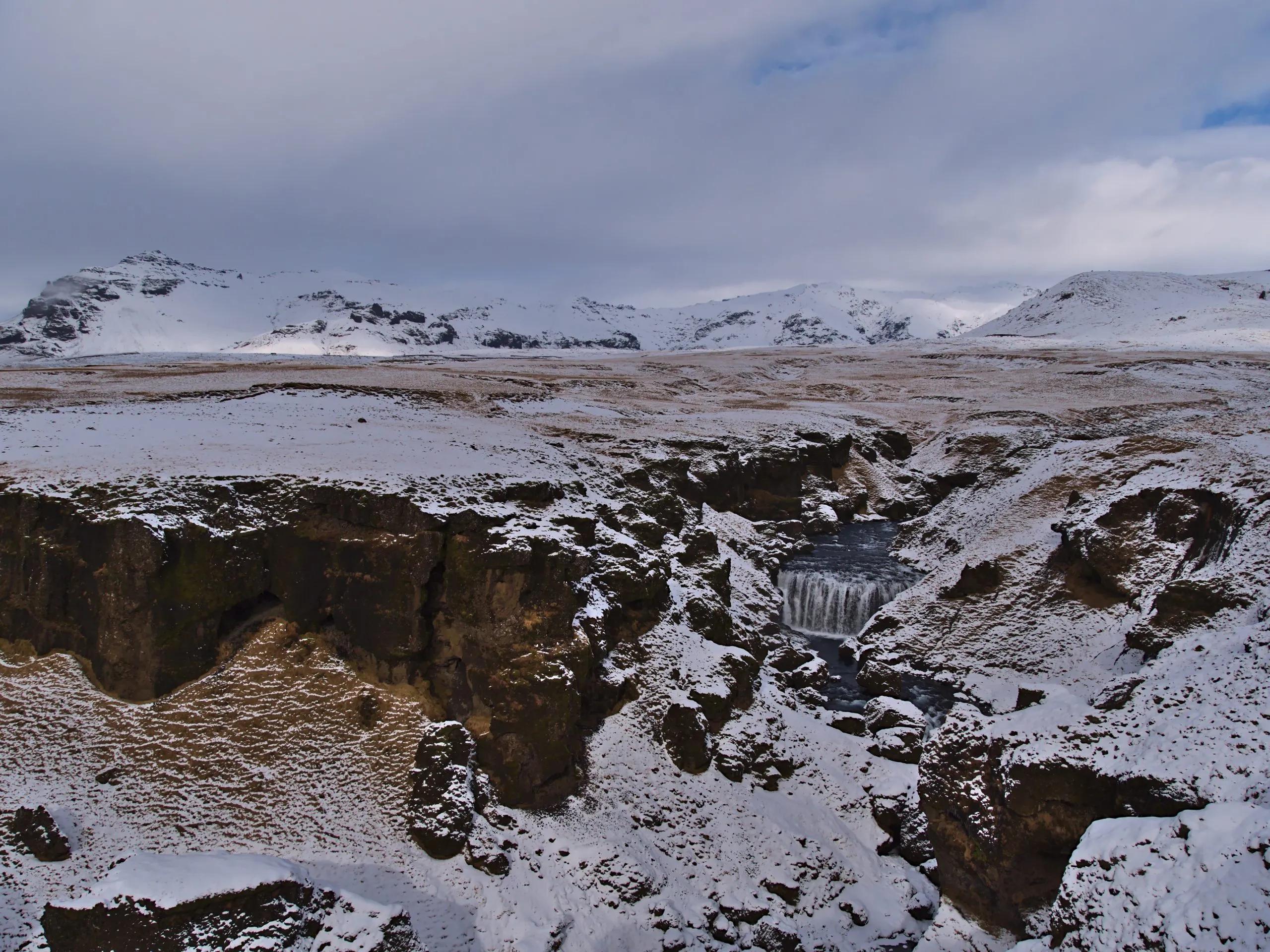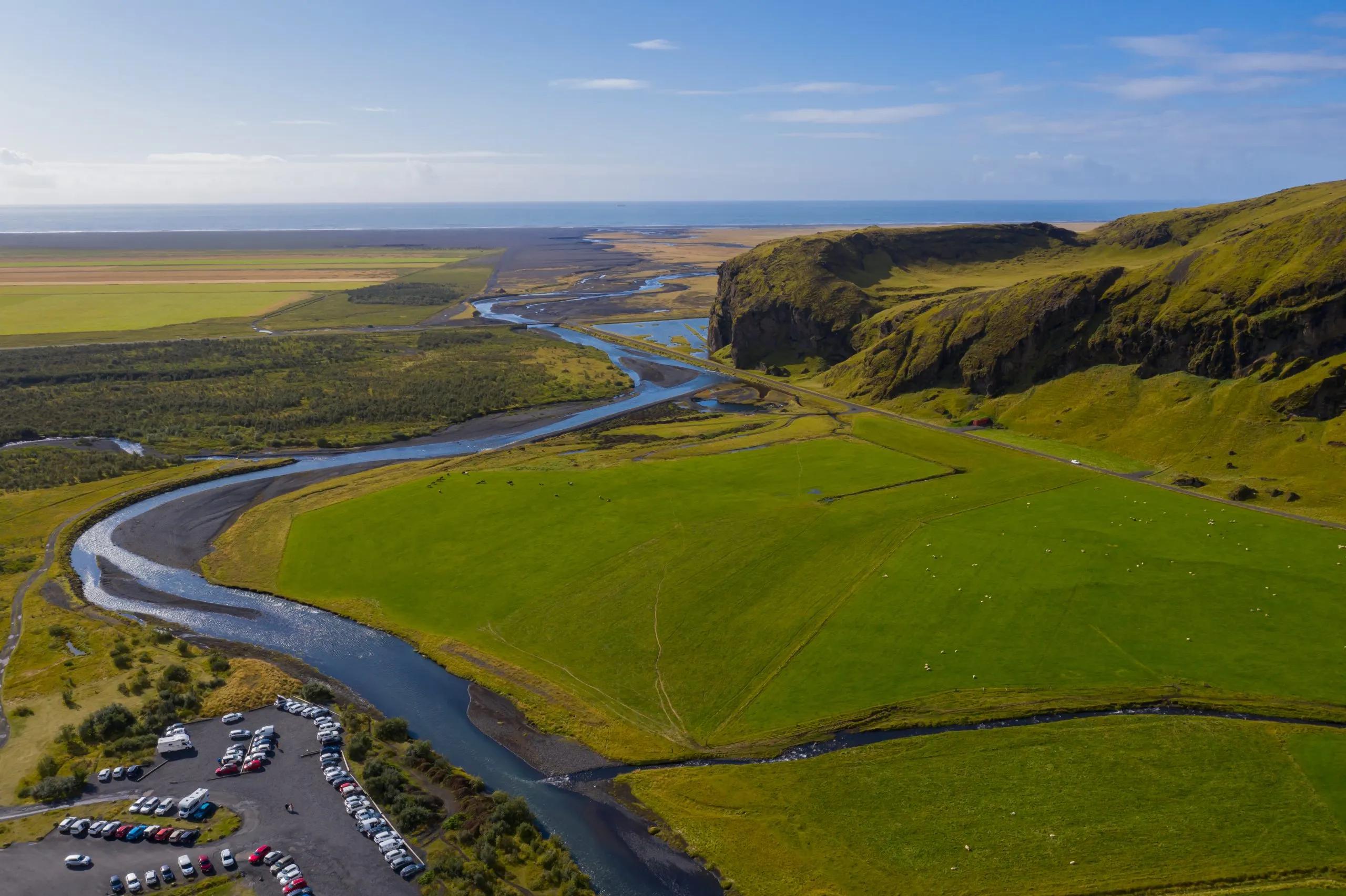10.5 km and 645 m of elevation gain / 200 m of elevation loss
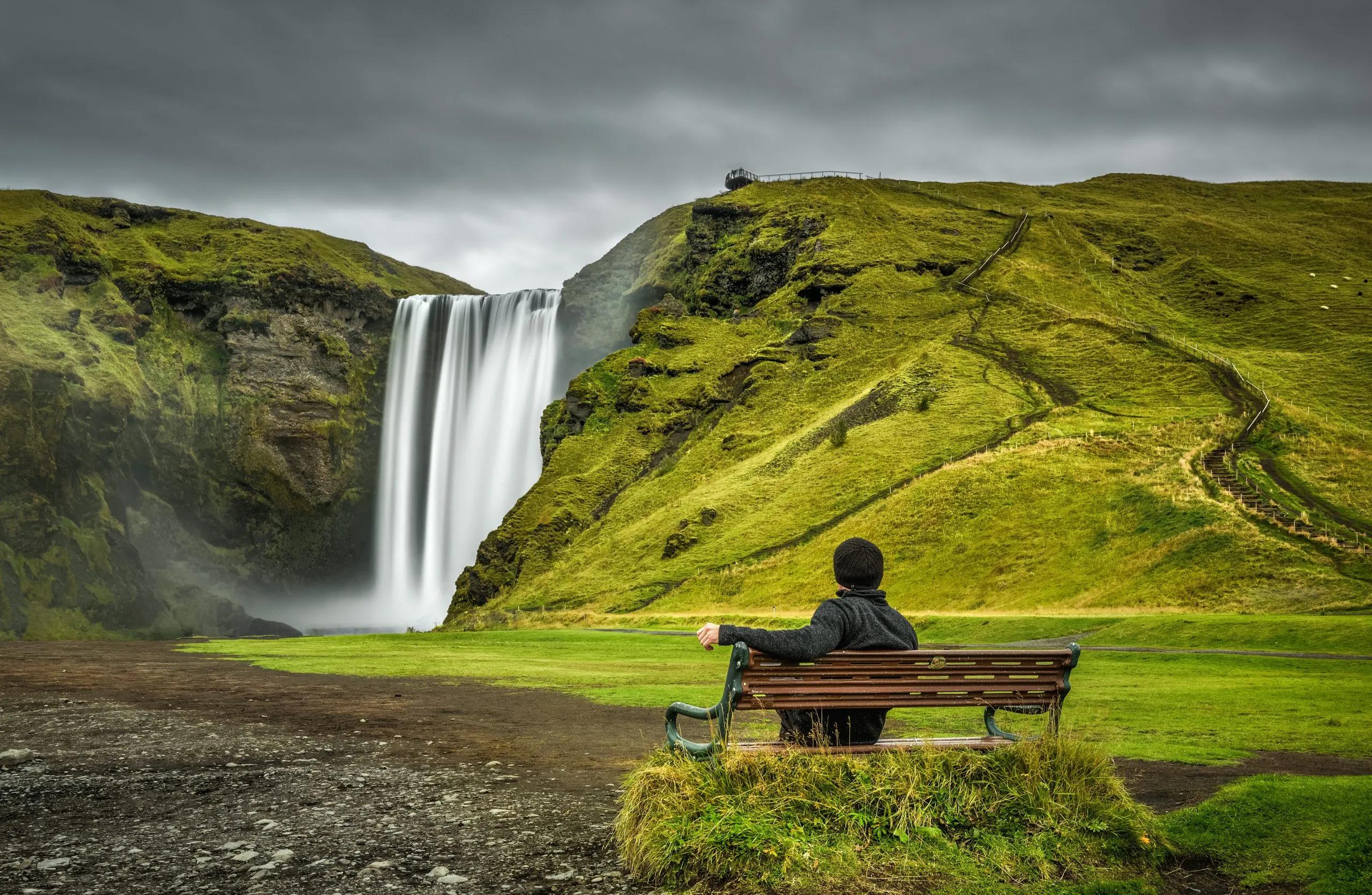

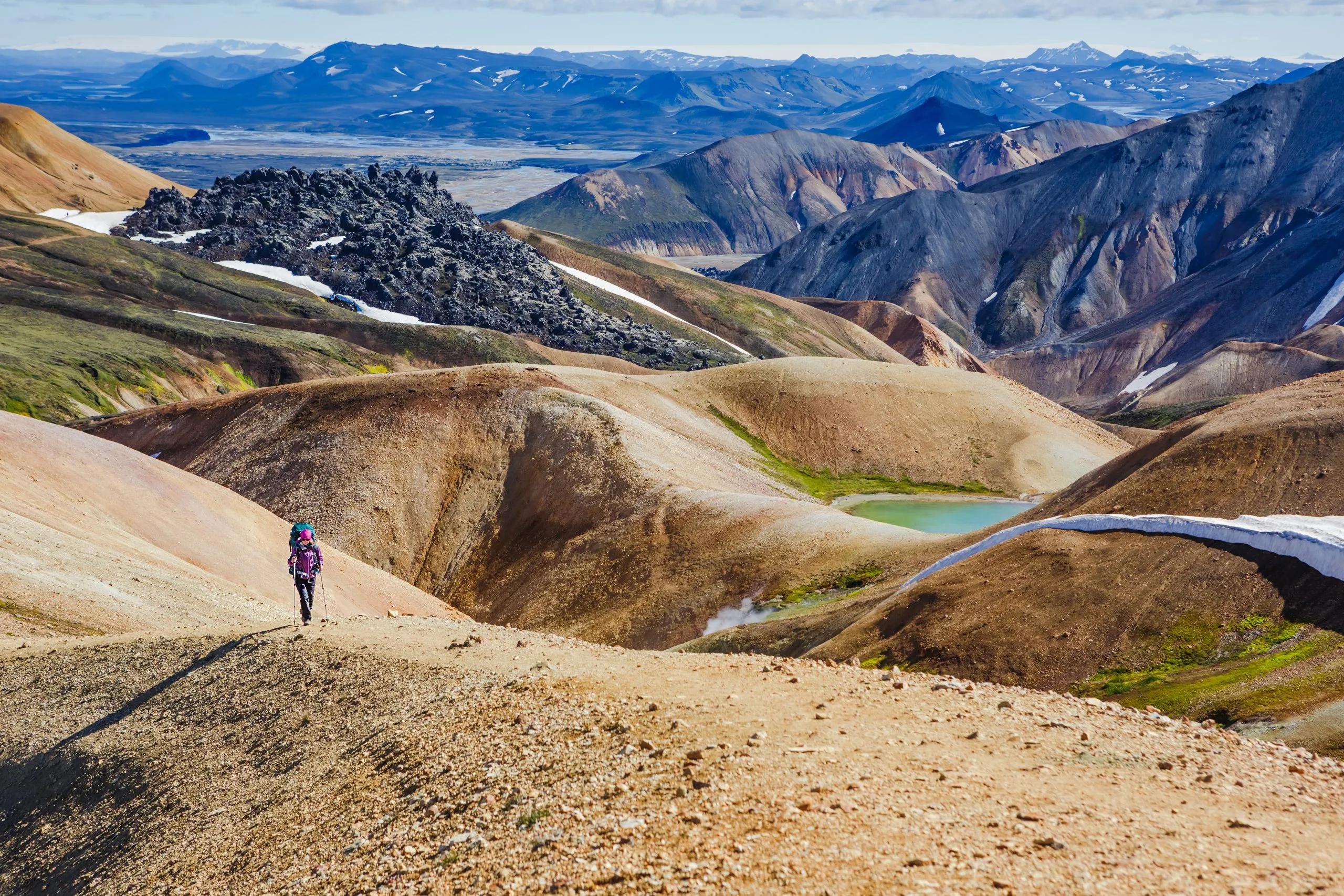


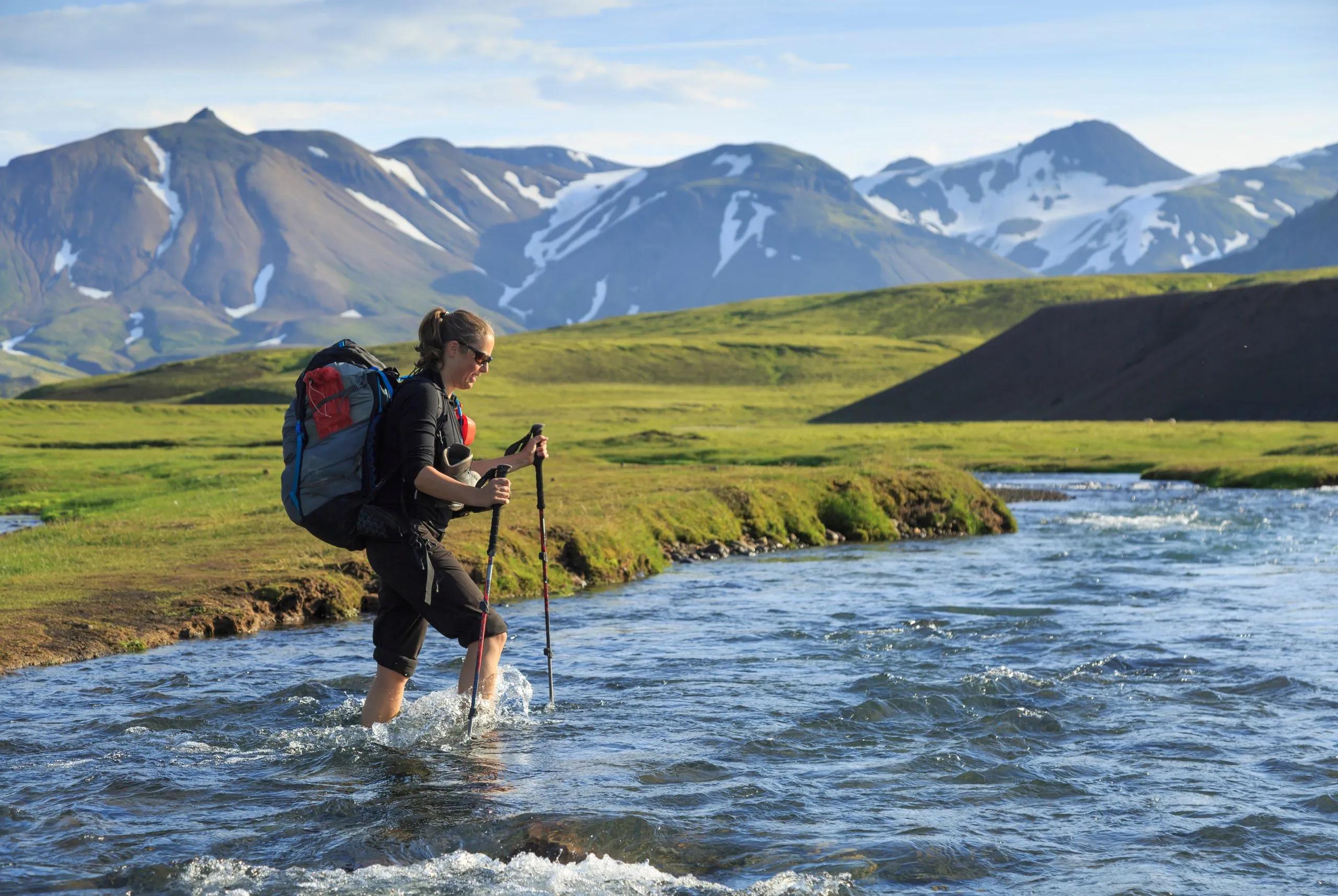
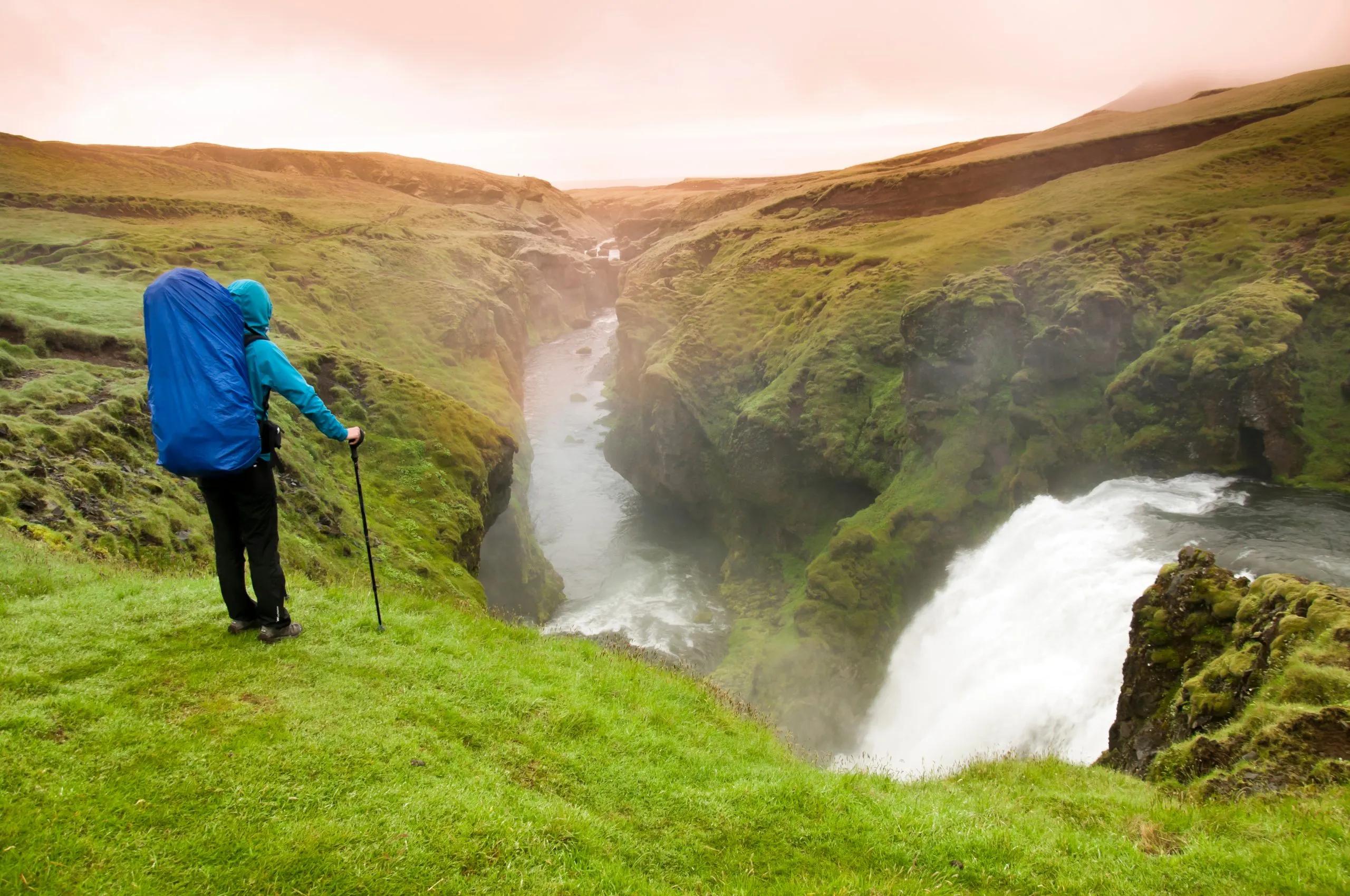
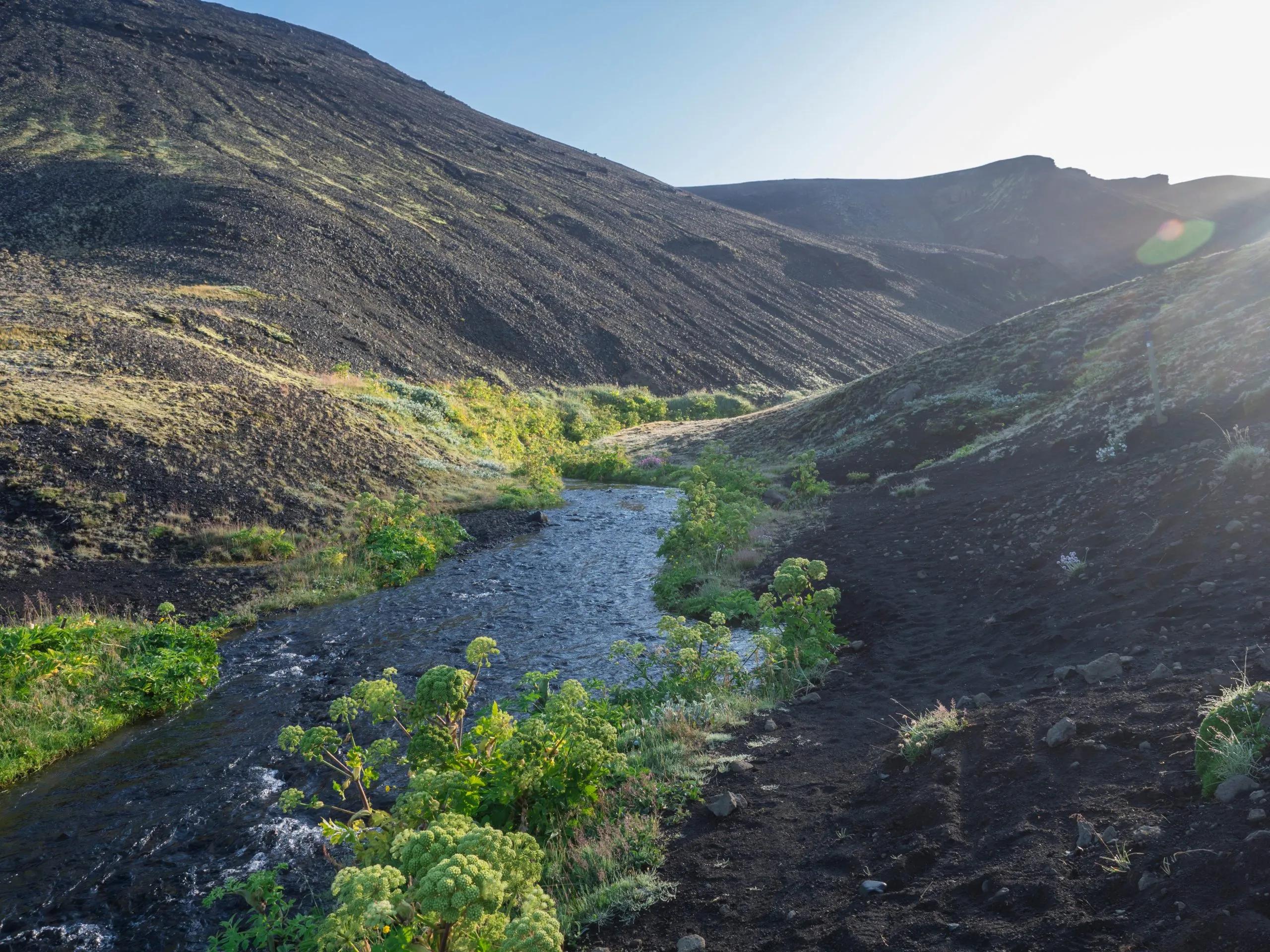



Laugavegur & Fimmvörðuháls Trek
6 days / 5 nights
|
Starting point
Landmannalaugar
Finish point
Skógar
Season
From July to September
Technical level
4/5
Fitness level
3/5
Tour type
Hut-to-Hut
Starting point
Landmannalaugar
Finish point
Skógar
Season
From July to September
Technical level
4/5
Fitness level
3/5
Tour type
Hut-to-Hut
Highlights
- Explore the vibrant rhyolite mountains of Landmannalaugar and witness geothermal wonders
- Traverse black volcanic deserts and marvel at the Mýrdalsjökull glacier’s serene beauty
- Ascend the challenging Fimmvörðuháls, experiencing Iceland’s raw volcanic landscapes
- Walk alongside a cascade of majestic waterfalls, culminating at the spectacular Skógafoss
- Immerse in the lush birch forests and vibrant flora of Thórsmörk's green valleys
- Embrace the challenge and triumph of trekking Iceland’s most renowned trails
Itinerary of the trip
FREE ITINERARY
Get Your Travel Itinerary
Loved the itinerary? Enter your email below, and we'll send a copy straight to your inbox.
What’s included in the price?
Self-guided
NOT INCLUDED
OPTIONAL EXTRAS
What to bring to the tour
- Hiking shoes/boots
- 25 to 45-liter backpack
- Base layer
- Sports T-shirts
- Hiking shorts
- Hiking water-repellent pants
- Waterproof jacket
- Midlayer
- Sports socks and underwear
- Leisurewear for evenings
- Down jacket
- Gloves
- Shade hat/cap
- Warm headwear
- Sunscreen
- Sunglasses
- Headlamp
- Hiking poles
- ID card or passport
- Snacks
- Cash
- Water bottles or hydration pack
- Sleeping liner
- Toiletries
- Toilet paper
- Small first aid kit
Take on a transformative journey that combines the celebrated Laugavegur Trail with the exhilarating Fimmvörðuháls Trek. This six-day adventure traverses Iceland's most stunning landscapes, from the geothermal marvels of Landmannalaugar to the awe-inspiring Skógafoss waterfall.
Experience the vibrant rhyolite mountains of Landmannalaugar, a spectacle of nature's palette. Journey through the black sands of Mælifellssandur, where the Mýrdalsjökull glacier looms majestically. The trail culminates in a dramatic descent, flanked by a series of breathtaking waterfalls, leading to the iconic Skógafoss.
This six-day trek is more challenging than the Laugavegur Trail alone, testing your endurance against Iceland's diverse terrain. As you ascend the Fimmvörðuháls pass, witness the birthplace of new landscapes sculpted by the forces of nature.
To enhance your experience, we provide detailed travel booklets and GPS navigation, ensuring you are well-guided and informed throughout your journey.
Comfortable hut accommodations await you each night, offering respite and camaraderie with fellow trekkers. And with our round-the-clock support, you can immerse yourself in the splendor of Iceland's landscapes with peace of mind.
Frequently Asked Questions
Ratings & Reviews

5.0 average rating

We had a lovely hike today with our guide Klemen. He personalized the tour on our needs and interests, so that we saw places we wouldn't without his experience. The hike was a little bit slippery after the rain from the last days and it went a lot upwards, but it was totally worth it! Thanks again :)


We were really glad to have booked a self-guided tour through Hut to Hut. It was a very easy process, the maps, trip notes and the responsiveness of the team was excellent. Highly recommended! We have never done anything like this before and felt safe the whole time!
We had a lovely hike today with our guide Klemen. He personalized the tour on our needs and interests, so that we saw places we wouldn't without his experience. The hike was a little bit slippery after the rain from the last days and it went a lot upwards, but it was totally worth it! Thanks again :)


We were really glad to have booked a self-guided tour through Hut to Hut. It was a very easy process, the maps, trip notes and the responsiveness of the team was excellent. Highly recommended! We have never done anything like this before and felt safe the whole time!
All available guidance options
Self-guided
Are you looking for a good adventure and limitless flexibility? Then you should try out a self-guided tour, perfect for independent explorers who want to set their own pace. Without the need to stick to a group schedule, you’re free to linger at scenic viewpoints while the logistics are taken care of in advance.

HASSLE FREE
We handle itineraries, accommodations, and anything else you prefer not to deal with, so you can enjoy a carefree hike.

BOOK WITH CONFIDENCE
We are a financially protected company, fully bonded and insured, keeping your money safe and allowing you to travel with confidence.

TRIED & TESTED ADVENTURES
Only the best hut to hut hikes in the USA, cherry-picked by our local team with an in-depth knowledge of the region.

UNBEATABLE SUPPORT
Our 24/7 customer support is where we show our passion, bringing you a better experience by making your well-being our number one priority.


